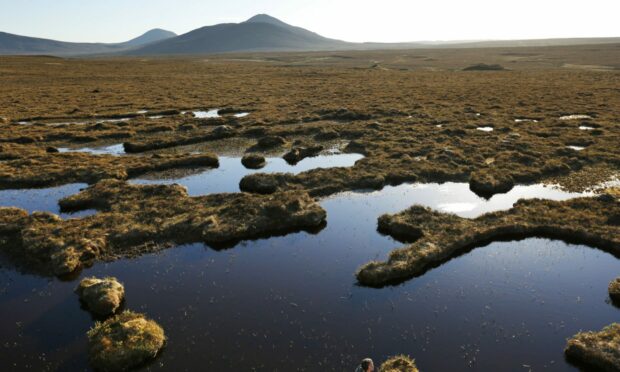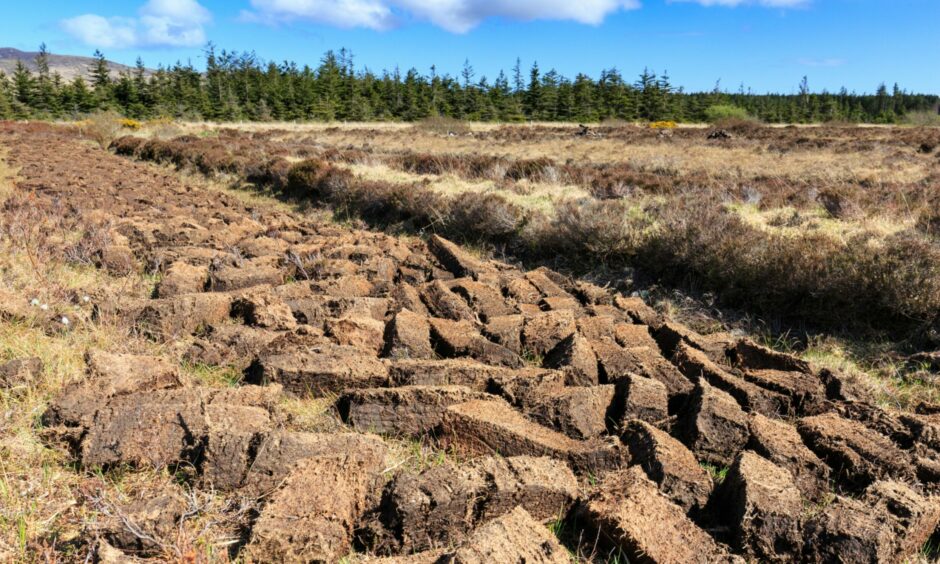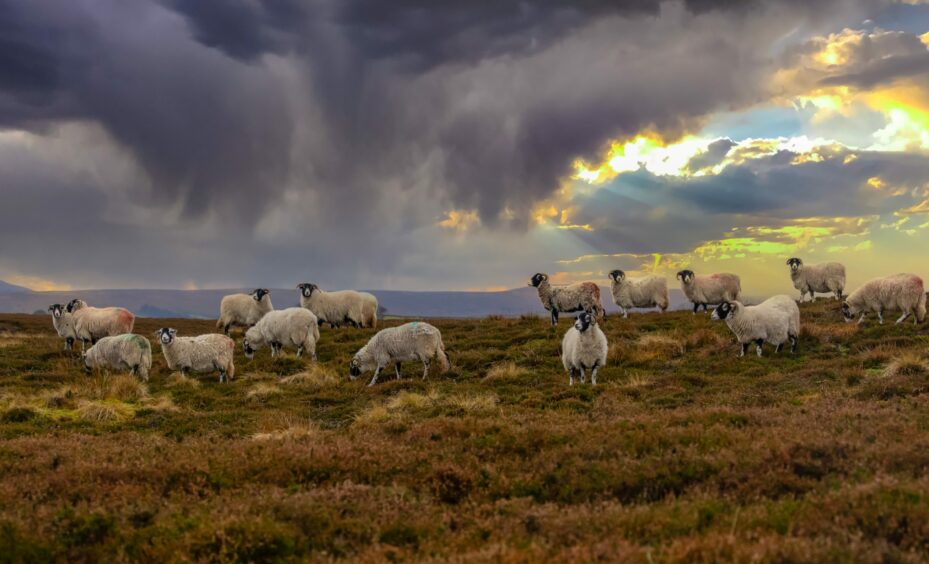Conservationists are calling for an end to farming on deep peat as part of efforts to protect precious carbon stores.
Ahead of international Cop26 climate talks in Glasgow, the Wildlife Trusts are warning that action to restore nature at an ambitious scale is needed if the world is to address the climate crisis.
The network of wildlife conservation charities is also calling for a ban on peatland burning and the sale of peat, “highly protected status” for all seagrass habitats, and a boost to sustainable farming.
They want to see more natural regeneration of woodlands, or native tree planting, more space for nature in towns and new developments, and a “Wildbelt” designation protecting land put into recovery for nature.
Climate change is driving declines in nature while the loss of wildlife and carbon-storing habitats such as woodlands is undermining efforts to cut emissions, the trusts said.
Wildlife Trusts chief executive Craig Bennett warned that in addition to cutting emissions at source, there needed to be an “enormous rise” in the amount of land and sea protected for nature.
Action
In a report published in the run-up to the Cop26 talks, where countries will be under pressure to drive action on curbing dangerous warming, the Wildlife Trusts called for action on both climate and curbing declines in nature.
Draining and ploughing of lowland peat also releases carbon dioxide into the atmosphere, so the conservation groups are calling for an end to growing crops on deep peatland, among a series of measures to protect the precious habitat.
All of the UK’s upland peatland should be restored by 2050, the conservationists urge.
Mr Bennett said: “Nature’s fantastic ability to trap carbon safely and provide other important benefits is proven –peatland, woodland, saltmarsh and other wild habitats are vital carbon stores.
“But these natural places are in decline and face even greater risk of degradation from the extreme climatic conditions that are already inevitable over the next
30 years.
“It’s becoming a vicious spiral of damage – one that has to be stopped right now.
“In addition to the urgent task of cutting emissions at source, we need to see an enormous rise in the amount of land and sea that’s protected for nature – and increase it to at least 30% by 2030.”
He also called on the Government to embed climate action – both efforts to cut emissions and cope with increasing temperatures and extreme weather – and stop polluting activities such as new road building, burning peat and trawling the seabed.












